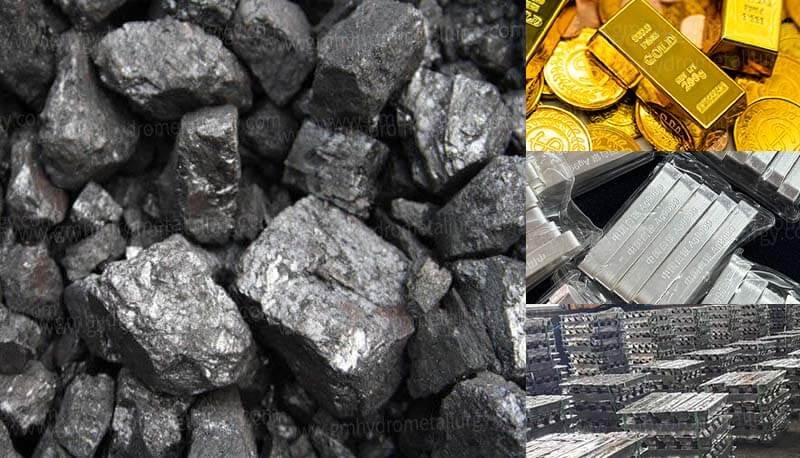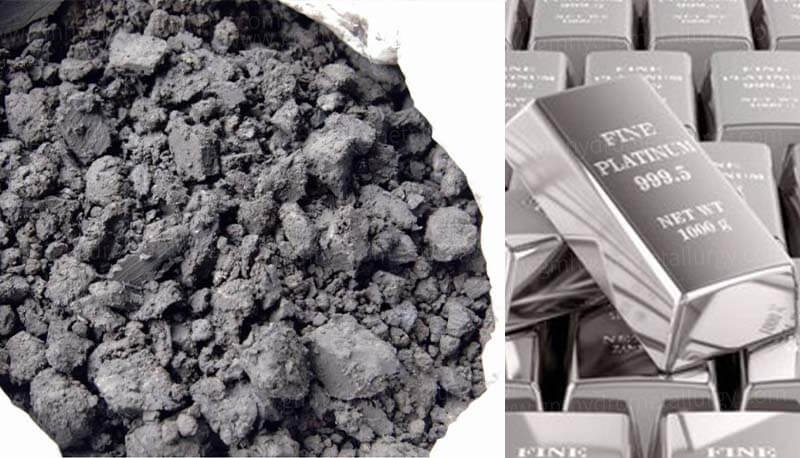Recovery of Platinum from Fuel Cell Catalysts
Necessity of Fuel Cell Recycling
Platinum group metals (PGMs), particularly platinum (Pt), are among the most widely used noble metals in fuel cell catalysts. They determine the lifespan and overall performance of fuel cells and serve as critical raw materials. However, PGMs are scarce in nature and expensive. As the demand for hydrogen fuel cells surges, efficient recovery of platinum from fuel cell catalysts emerges as a cornerstone for sustainable energy innovation.
The rapid development of the hydrogen fuel cell industry is expected to drive significant growth in PGM demand, potentially leading to cost increases. From the perspective of large-scale commercialization of fuel cell vehicles, establishing a recycling system, especially for platinum recovery from membrane electrode assemblies (MEAs), is crucial.
What is a Hydrogen Fuel Cell?

A hydrogen fuel cell is a power generation device that directly converts the chemical energy of hydrogen and oxygen into electricity. Its fundamental principle relies on the reverse reaction of water electrolysis. Hydrogen and oxygen are supplied to the anode and cathode, respectively. Hydrogen diffuses through the anode, reacts with the electrolyte, and releases electrons, which then travel through an external load to reach the cathode.
Classification of Hydrogen Fuel Cell Catalysts

Hydrogen fuel cell catalysts are categorized into three main types:
1. Platinum (Pt) Catalysts
2. Low-Platinum Catalysts
Core-shell catalysts
Nanostructured catalysts
3. Non-Platinum Catalysts
Palladium-based catalysts
Non-noble metal catalysts
Non-metallic catalysts
Platinum-Based Catalysts in Fuel Cells
Fuel cells such as phosphoric acid fuel cells (PAFCs), proton exchange membrane fuel cells (PEMFCs), and direct methanol fuel cells (DMFCs) utilize catalytic electrodes composed of Pt-C, Pt-Co-Cr, Pt-Co-Fe, Pt-Ru, Pt-Ni, Pd-C, etc., to directly convert the chemical energy of combustible gases into electricity.
Methods for Platinum Recovery from Fuel Cell Catalyst
Used membrane electrodes can be processed to recover platinum (or palladium) through incineration, chemical dissolution of organic compounds to strip catalysts, or magnetic separation after crushing.
1. Incineration Method
The simplest approach involves high-temperature incineration of organic compounds and carbon in MEAs to concentrate and extract platinum. However, this method damages the fluoropolymer-based proton exchange membrane, wastes raw materials, and causes fluorine pollution, making it unsuitable.
2. Chemical Dissolution and Catalyst Layer Stripping
Soak MEAs in organic solvents at temperatures >40°C to induce proton exchange membrane swelling and separation from the catalyst layer.
The stripped catalyst is calcined in air at 400°C, dissolved in aqua regia, denitrated, and reduced with hydrazine hydrate or sodium borohydride to recover crude platinum. Recovery rates reach 98.1–99.4%.
Alternatively, MEAs are immersed in solution for 5–10 minutes to separate the membrane from Pt/C catalyst electrodes. The Pt/C mixture is dried, incinerated at 500–600°C for 1 hour, and platinum is recovered at a rate of 97.3%.
3. Direct Platinum Dissolution
A mixture of HCl and H₂O₂ at 30°C is circulated into the anode and cathode outlets of the fuel cell to directly dissolve platinum from the catalyst-coated membrane (CCM). However, low leaching efficiency occurs due to platinum particles being tightly encapsulated by solid organic polymers.
4. Magnetic Separation Method
For magnetic catalysts like Pt-Co-Cr, electrodes are crushed and subjected to magnetic separation. The magnetic fraction is treated with solvents to dissolve organic compounds, and platinum-cobalt is recovered from the residue.

Embracing these methods ensures long-term viability for fuel cell technologies while aligning with global sustainability goals. Investing in platinum catalyst recovery today paves the way for greener, more cost-effective energy solutions tomorrow.
Our Services

Production Flow Diagram
Complimentary provision of production flow diagrams and installation foundation drawings for buyer-required equipment.

Site Layout
Free adjustment services for layout plans during the entire operational process, provided upon buyer request.

Installation Training
During installation and trial operation, our engineers will be dispatched on-site for equipment installation, commissioning, and necessary operational training.

Accessories Supply
A list of wear-prone and consumable parts is provided. Spare parts are sold at factory prices when purchased directly from Guanma Machinery.
Contact Us
Please specify your requirement by referring to the following aspects:
1-What type of precious metal do you want to extract?
2-How many tons raw material do you want to process per kg?
3-When will you want to start this project?
4-How is your budget of machine?
5-Which point that you really focus on?(We have customized service for each client)




